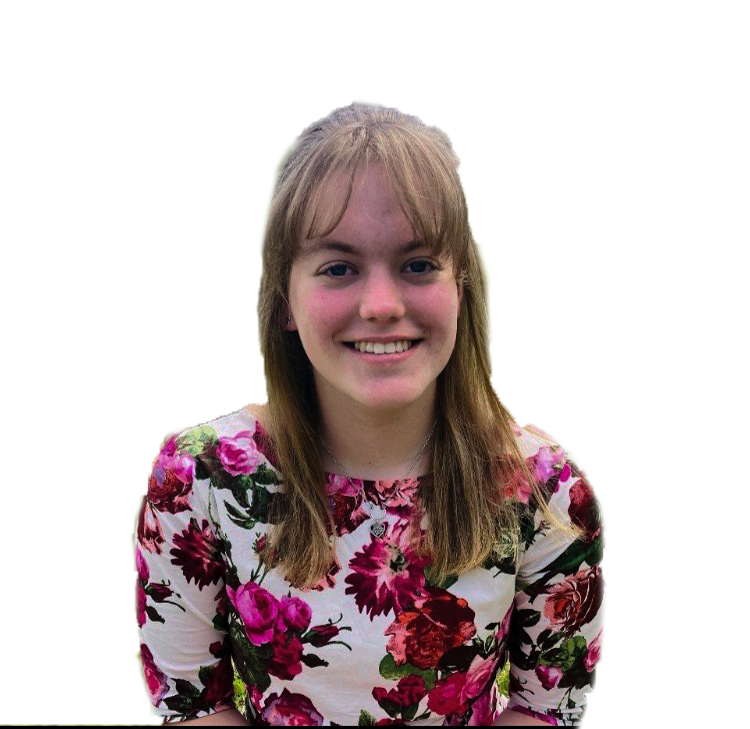Written by Clara Kernodle
“God Abroad ” is a travel column by sophomore Clara Kernodle. Each week, she writes about the different ways she sees God during her HUE study abroad trip. This week, she discusses the final part of her trip, her free travel in Barcelona.
On Nov. 8, we drove to Meteora to taste the culture of the Greek Orthodox Church. The nation, as our guide Antonus said, has no separation between church and state, and thus “the spiritual power and the power of the people are the same power.”
Our group stopped in Kalampaka, where Greek Orthodox priest Father Pefkis runs a workshop, and watched as he painted a gold-leafed icon of the Archangel Michael in the two-dimensional, elongated Byzantine style. Antonus stood over Father Pefkis as he painted and told us of the variegated symbolism of the Greek Orthodox Church.
Whether in the icons, the altarpieces or the very positioning of a chapel, symbolism is a ubiquitous and intentional part of that denomination. For example, if an icon is not holding something symbolic of their sainthood (St. Paul holds a sword, the method of his execution), their right hand is folded symbolically, with two fingers down for the dual nature of Christ, and three fingers pressed together for the Trinity.
Further, this posture of the hand is mirrored in the way the Greek Orthodox Christians cross themselves: with the thumb and first two fingers together, and the ring finger and pinky folded down. They make a long line from forehead to navel, then to the right shoulder, asking for the blessing of Christ, who sits on the right hand of the Father, and then to the left shoulder for the Holy Spirit.
The next day, we saw older versions of these symbolic icons when we visited the chapel of Varlaam Monastery, in the mountains above Meteora. Antonus pointed out the fresco above the entrance, depicting in vivid color Christ smiling with an open book, welcoming us into his house. In the cupola above the altar, however, the book is closed, and Christ does not smile. This, Antonus said, represents how we are welcomed, but once inside, “you have to be serious.” It also signifies to me how we are welcome to enter the church on earth, but heaven is closed to us for now, as a physical death stands in the way.
The large frescoes and mosaics on the ceiling of the chapel look down on a wooden floor and the elaborate silver thuribles hanging from the rafters, as wafts of incense fill the room. There are no pews; in the Orthodox churches, the hours-long services are conducted standing. On the walls, there are many figures in blue and red, representing the human and the divine. An image of the holy mother wears a robe of blue (as she was born human) with red draped over (as she was made, according to Greek tradition, divine). On the opposite side of the altar, closer to where the priests stand during service, is an image of Christ. The colors of his garb are reversed, representing his divinity made human. Antonus pointed out the halo above Christ’s head, decorated with crossing double lines, again representing his dual nature.
All of this symbolism can seem boring or useless to the Protestant American mindset, but it was intended to direct man to God. Every folded finger, every gold cross, every mucronate chalice is meant to draw the eyes away from evil and toward the heavens, toward the presence of God. Before I end, I’ll share one more fact about the faith of the monastery, one which seemed to encapsulate the meaning behind all of this high church color and sound. In the Greek Orthodox tradition, Noah knocked on a piece of wood to invite the animals to be saved. Thus, as Antonus told us, the monks of Varlaam knock on a large piece of cedar with a hammer before church service begins, to “invite the people into the church to save their souls.”
